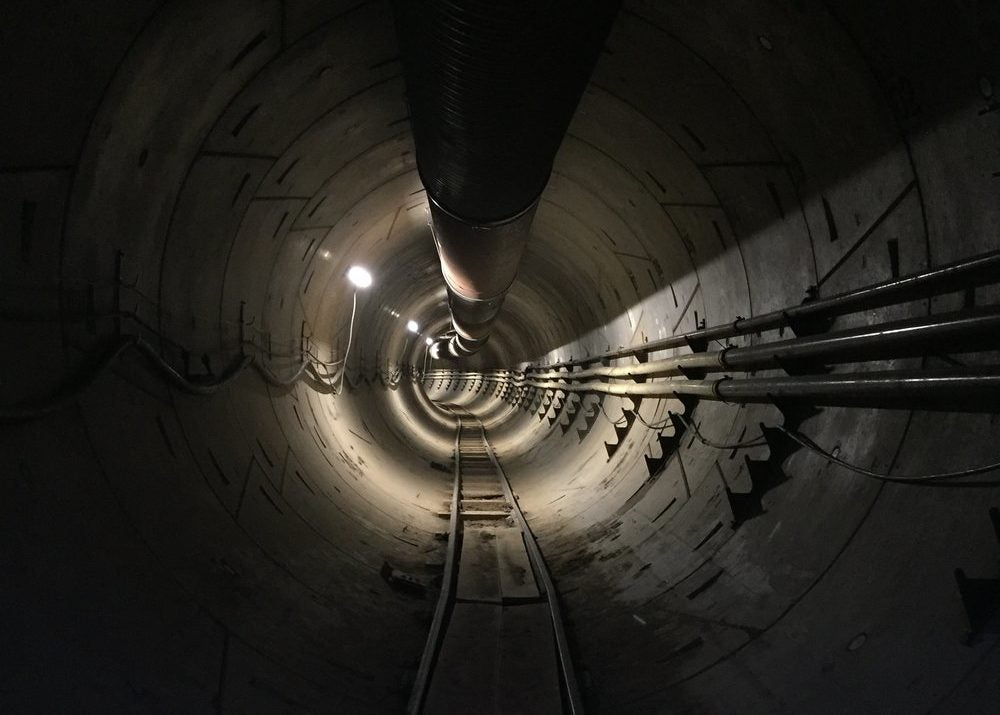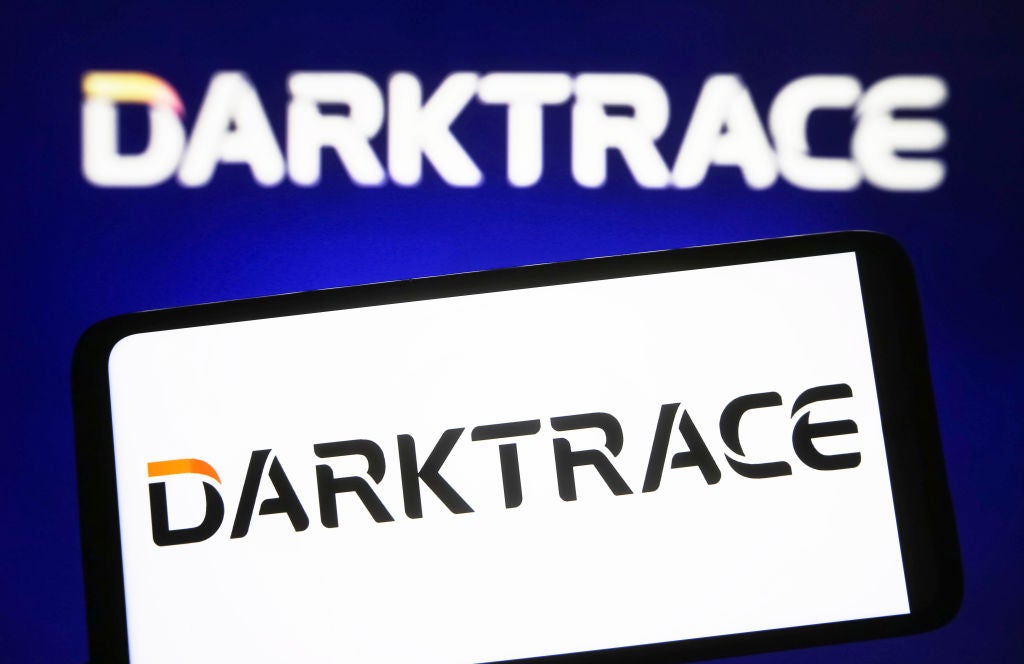
The first ever Boring Company tunnel will open later today in California after a delay of a week, offering an unprecedented view of Elon Musk’s novel approach to urban transport.
Located next to the headquarters for Musk’s SpaceX company, the Hawthorne test tunnel is designed to explore the potential of subterranean tunnels to quickly transport cars through cities.
After being under construction for two years, the Boring Company tunnel will open today on an invite-only basis, allowing a select few to see what all the fuss is about ahead of plans to build a second tunnel joining the Dodger Stadium and an LA Metro station in the city’s downtown area.
However, while there has been considerable excitement about the tunnels, it is their effect on the world above ground that could be the most significant.
How future versions of the Boring Company tunnel could transform cities
The eventual goal of The Boring Company is to build networks of subterranean tunnels under cities, which would quickly transport cars – both autonomous and conventional – on custom plates between set locations.
These tunnels would be accessed via custom elevators known as Loop Lifts, which have an above-ground footprint roughly the same size as a parking bay.
How well do you really know your competitors?
Access the most comprehensive Company Profiles on the market, powered by GlobalData. Save hours of research. Gain competitive edge.

Thank you!
Your download email will arrive shortly
Not ready to buy yet? Download a free sample
We are confident about the unique quality of our Company Profiles. However, we want you to make the most beneficial decision for your business, so we offer a free sample that you can download by submitting the below form
By GlobalDataDrivers would drive onto the baseplate of the Loop Lift, which would be lowered down a tunnel where it would join the underground network and be transported to the selected destination.
The Loop Lift: the key to The Boring Company’s success
As part of the Hawthorne test tunnel, The Boring Company has constructed the first Loop Lift, located in a garage attached to a house in the area.
And it is this approach that makes this transport solution so potentially innovative.
While traditional city tunnels require vast infrastructure to connect them to above-ground facilities, the Loop Lift dramatically minimises the ground-level impact of an underground transport structure. This means such a system could be seamlessly integrated into existing cities, without the need for significant disruption to the city’s existing fabric.
“The purpose is to demonstrate that a lift can be built in very small footprints and within existing buildings, whether they are houses, office buildings, or retail parking lots,” explained The Boring Company of the trial Loop Lift.
“Looking forward, one could have a lift in the basement of every office building, allowing extremely convenient commutes.”
If The Boring Company’s transport solution became widespread, this would see much of the above-ground vehicle traffic shifted below ground, with only subtle indications of its presence in the world above. Provided potential issues such as queues for Loop Lifts were managed, the establishment of Boring Company tunnel networks could not only dramatically reduce transport times, but reduce the urban sprawl, vast road infrastructure and overall impact that cars currently have on cities.
It would define the priorities of city design, and so see a transformation in how future urban areas were developed.
Of course, all of this will only occur if the Hawthorne test tunnel proves to be a success. And on that front, even Musk is unsure, as he said on the Joe Rogan Experience podcast in September.
“We are going to build a tunnel, and maybe that tunnel will be successful. And maybe it won’t,” he said.




